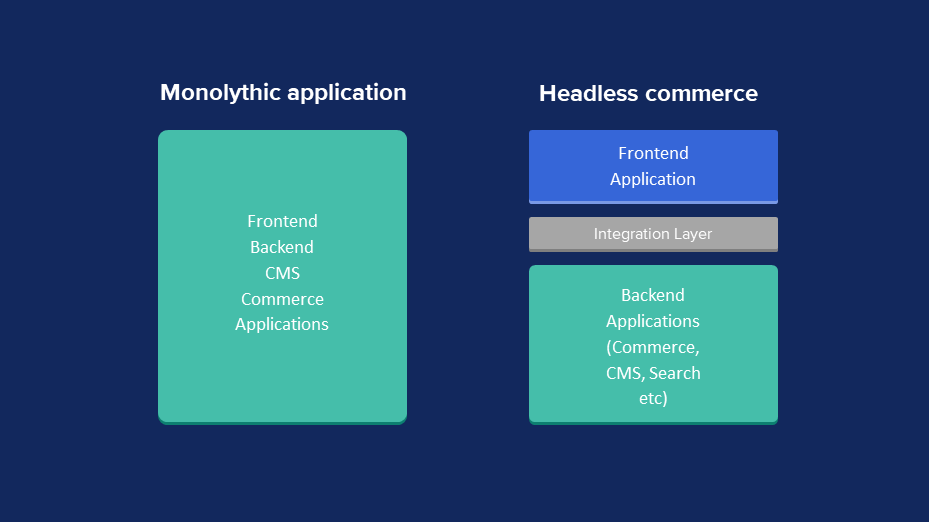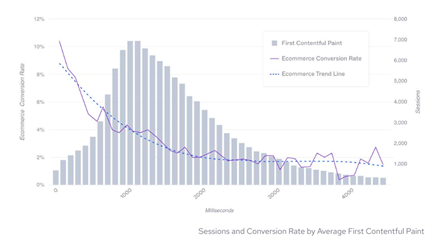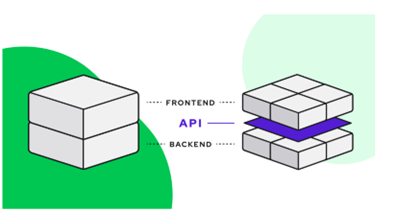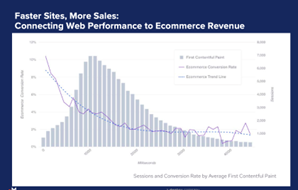In today's fast-paced digital world, businesses are under constant pressure to provide customers with a seamless and personalized shopping experience. However, traditional e-commerce platforms can be rigid, expensive, and difficult to customize, making it challenging for businesses to keep up with the evolving needs of their customers. That's where composable commerce comes in.
Composable Commerce is like a breakfast buffet with different dishes. You can choose and combine the individually arranged delicacies according to your wishes. Composable Commerce is similar. There are a number of pre-built options, each of which fulfills a specific need: payment processing, shipping, or customer management, for example.
Composable commerce is a modern approach to e-commerce that allows businesses to build and customize their online storefronts using a combination of off-the-shelf and bespoke components. This approach offers greater flexibility and control over the customer experience, as well as improved performance and scalability.
With composable commerce, businesses can choose best-of-breed components for their specific needs and integrate them into a single, unified shopping experience. For example, businesses can use a third-party payment gateway, a shipping provider, and a content management system that they already know and trust, and then add custom components to create a unique and personalized shopping experience for their customers.




















